We went to the Za’abeel Palace, which is the residence and headquarters for the Ruling Royal Family in Dubai. We could not get any closer but it was huge and on many acres of land. The 3rd largest Mosque in the World is Sheikh Zayed Grand Mosque Center in Abu Dhabi. The pictures don’t do it justice. It was very impressive to say the least. It is hard to describe how amazing and huge it was. Lots of marble and the chandeliers were made of Swarovski crystals which were massive. The Burj Khalifa was an experience for me! I do not like heights. The Burj Kalifa is the tallest skyscraper in the World!! 163 floors Our tour guide kept saying you will shoot up in the elevator like a rocket.... 'Well' I thought, 'I'M HERE, so I'm going to do it!!' It was a nice, smooth ride all the way to the 124th and 125th floors. It IS truly amazing to be that high and see SO far. I HIGHLY recommend it.
If this isn't enough to whet your appetite for travel, our twenty somethings daughter and her husband also recently visited Dubai and they loved it and said they would like to go back. On their trip, they took time to golf and visited the Atlantis waterpark. More pictures will be on my Instagram so be sure to follow me. You'll love all the real life, "we were there" photos! If you are interested in booking your own Dubai adventure, click the "Book Your Exploration Session" button at the top of this page and let's talk! I'd love to tell you about our trip and give you some more interesting and fun thing that you can do in person when you book Dubai!
0 Comments
Hello Tropical Travelers!!! Bali is one of the most beautiful places to visit. So many great places to see and find adventure to in Southeast Asia. So, Which Area Of Bali Is Right For You? Read along, dream along...and plot your course! Bali is an Indonesian Island located just east of Java. It was initially a surfer's paradise, and now it is a popular tourist destination in Southeast Asia. This ancient island is now a mix of tourist areas and traditional culture. There are many different ways to experience Bali, and it all depends on what you are looking to get out of your trip. Different Areas Of Bali The different areas of Bali will appeal to different people depending on the type of trip that you are planning. Southern, Central, Eastern, and Western Bali all have their own personalities and beauties for you should you decide to visit. Southern Bali The southern coast of Bali is the tourist mecca of the island. This area of the island is where you will find tourist hotels, lively night-life, and the best of the local bars. There are various cities in southern Bali that will lend themselves to having great offerings for you if you are looking to have a tourist experience.
10 Dishes You'll Want to TryHave you been to Aruba? If not, and you're a foodie, let me "tease your tastebuds" with some delicious treats you will want to find when you arrive. As the most vibrant island in the Caribbean, Aruba is more than meets the eye. With untouched beaches and a ton of adventures awaiting, there's an endless amount of fun to be had. But what about the island's food? Well, that's just as good, maybe even better, especially after a long day of exploration. So, to help you prepare and plan for your trip to the island, here are ten dishes you must indulge in.
Beautiful Aruba. Many people have Aruba on their vacation bucket list. In addition to the luxurious tropical blue waters and warm weather, it is well known for its friendly atmosphere and diversity. Depending on when you visit the island, various festivals are held each year. These festivals are often held in honor of Aruban history and mixed with modern influences. Music, dancing, traditional foods, and plenty of entertainment exist all over the island.
North as the Netherlands Antilles islands of Sint Eustatius, Saba, and Sint Maarten. And the island is, on another level, the birthplace of the famous liqueur, Curaçao, perhaps more well known in some circles than the island itself. The history of Curaçao begins with Amerindian Arawaks. The Arawaks and their subgroups migrated from regions of South America some 6,000-years-ago, settling on various islands then discovered as they embarked on a centuries-long northward trek. The group that ended up in Curaçao was the Caiquetios, who gave the island its name. In 1776, Sint Eustatius, "The Golden Rock," was the first foreign entity to formally recognize U.S. sovereignty when a foreign official saluted the U.S. flagged ship with a 13-gun salute, a salute bestowed only upon sovereign flags. Less than two decades later, the first U.S. Consulate in Curaçao opened in 1793, laying the foundation of what would become a centuries-old friendship. Money: Cash, Debit and CreditThe official currency of Curaçao is the Netherlands Antilles guilder (also called the florin). The guilder is tied to the U.S. dollar at a rate of $1 (USD) to NAf1.75. Coins of the Netherlands Antilles guilder are issued in denominations of NAf0.01, NAf0.05, NAf0.10, NAf0.25, NAf0.50, NAf1, and Naf2.50. Notes are issued in denominations of NAf5, NAf10, NAf25, NAf50, NAf100, and Naf250. The U.S. dollar is widely accepted on the island by all sorts of vendors, although service vendors may have trouble changing large bills given in either U.S. dollars or the Netherlands Antilles guilders. There are no restrictions for bringing cash into the country. Debit and Credit Cards are accepted in cities but elsewhere it is handy to have cash. Visa and Eurocard/Mastercard are accepted everywhere credit cards are accepted, but American Express is not accepted everywhere. If you plan to use American Express, be sure to check if your card is accepted before racking up a hefty bill. ClimateIn Curaçao, the climate is tropical, hot all year round, with daytime temperatures ranging from around 28/29 degrees Celsius (82/84 °F) between December and February, to about 31 °C (88 °F) between May and October. The period from May to October is the most sultry, but the trade winds constantly blow, tempering the heat. Curaçao is an island, and together with the neighboring islands of Bonaire and Aruba, it's part of the Kingdom of the Netherlands. The climate is sunny and dry, in fact, about 550-millimeters (21.6-inches) of rainfall per-year. The only relatively rainy period is from October to December, when, however, precipitation does not go beyond 80/100 mm (3.1/4 in) per-month. From November to January or mid-February, the northeast trade winds bring showers quite frequently, although usually not abundant. Curaçao is an almost entirely flat island: its highest point is located at 375-meters (1,200-feet) above sea level. The amount of sunshine is good all year round. The sea in Curaçao is warm enough to swim in throughout the year: the water temperature reaches a low of 26 °C (79 °F) in February and March and a high of 29 °C (84 °F) in September and October. Here are the average sea temperatures. Infrastructure and TransportationThe best way to get around Curaçao is by car. Some of Curaçao's hotels offer area shuttles, and the public buses cover the majority of the island, but service is infrequent, especially outside of Willemstad. If you want to explore the island on your own time, then you'll want your own set of wheels. Taxis are available from Curaçao's primary airport, Curaçao International Airport (CUR), about 8-miles northwest of Willemstad. However, cabs can be expensive, especially if you are planning to use them frequently.
Telecommunications is a critical element in the infrastructure of Curaçao. The privatization of this industry is a governmental priority, especially when one considers the fact that this industry is one of the fastest-growing fields in the world. The privatization process allows the services being offered to improve in both price structures as well as in quality. The government has already taken several steps towards privatization, including the elimination of the governmental telecommunications services (Landsradiodienst) and replacing it with a corporate entity. This new organization is the first in many steps that will involve the gradual restructuring of the entire telecommunications market on Curaçao. Other measures already being introduced are deregulation and the introduction of competition. The process used to achieve these goals is based upon those similar to the United States and Great Britain. The telecommunications infrastructure is equipped with telex, fax services, entrance to merconon, viditel and direct satellite connections. Communication with the rest of the world is of excellent quality without disturbances. Additional services are mobile communication, audio text, voice mail, and ISDN
The easiest way to get to Croatia is by air, and during the summer season most parts of the country are accessible by flights from the UK and Ireland. Though there are a few direct flights to Croatia from outside Europe fares can be expensive; a cheaper option may be to fly to a major Western European city and continue by air, train or bus from there. Airfares always depend on the season. Peak times for flights to Croatia are between May and September, and around the Easter and Christmas holidays; at these times be prepared to book well in advance. Travelling to Croatia by train from the UK is unlikely to save money compared with flying, but can be a leisurely way of getting to the country if you plan to stop off in other parts of Europe on the way. Seasonal ferry services (usually spring to late autumn) run from Ancona to Split, Stari Grad and Zadar; and from Bari to Dubrovnik. Passengers can usually buy tickets on arrival at the relevant ferry port, but if you’re travelling with a vehicle it’s wise to book in advance, especially in July and August. Services to Split and Dubrovnik usually take eight to twelve hours; services to Zadar slightly less. War and PeaceWhen Germany invaded Yugoslavia in 1941, Croatia became a Nazi puppet state. Croatian Fascists, the Ustashi, slaughtered countless Serbs and Jews during the war. After Germany was defeated in 1945, Croatia was made into a republic of the newly reconstituted Communist nation of Yugoslavia; however, Croatian nationalism persisted. After Yugoslavian leader Josip Broz Tito's death in 1980, Croatia's demands for independence increased in intensity. In 1990, free elections were held, and the Communists were defeated by a nationalist party led by Franjo Tudjman. In June 1991, the Croatian parliament passed a declaration of independence from Yugoslavia. Six months of intensive fighting with the Serbian-dominated Yugoslavian army followed, claiming thousands of lives and wreaking mass destruction. In December 1995, the Dayton peace agreement was signed bringing some peace to the area at last. Croatia CultureDue to its geographical position, Croatia, over the years has been influenced by its neighboring countries. The country holds its cultural richness with a fabulous mixture between the Mediterranean and Eastern traditions, but also from Central Europe and the Balkans. As for its cuisine, you will have the opportunity to taste a lot of seafood, proof of its Mediterranean heritage. You will eat, for example, squid that has been fried, grilled or even stuffed, in restaurants, colonising the coasts and inhabited islands. In the north of Croatia, you will savour the Sarma, a kind of stuffed cabbage reminiscent of the Austro-Hungarian influences. You will also taste the Cevapcici, meatballs with onions or pitas, dishes inspired by Ottoman cuisine. As a dessert, you will be amazed by the Bajadera, a succulent pastry with hazelnuts and almonds. Croatian gastronomy is a testament to the cultural diversity of the country. But religion also seems to take an important place in the lives of its inhabitants. Throughout the year, various festivals and events show the Croats' attachment to their traditions. Things to doThe Game of Thrones has gained impressive popularity over the years. Dubrovnik, Croatia is the lovely city where production of the show takes place. The land has rich culture and these five places are top attractions for fan visitors.
The Jesuit Stairs – These famous Baroque stairs appeared in Season Five of the series during the infamous ‘Walk of Shame’ scene. The stairs extend from Gundulic Square to St. Ignatius Church and embrace Spanish architecture. The iconic scene catapulted the locations popularity and has become a frequently visited landmark. The view from the top is charming and gives you a great view of the city.
|
AuthorDebbie Palmer Categories
All
Archives
November 2022
Tuesday Travel Tips!Get TWO MONTHS FREE of CLEAR, Click above. |


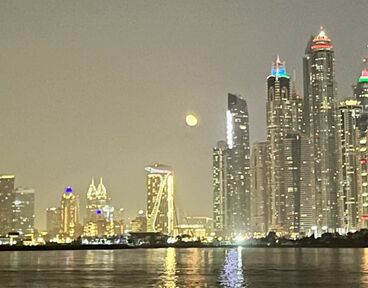




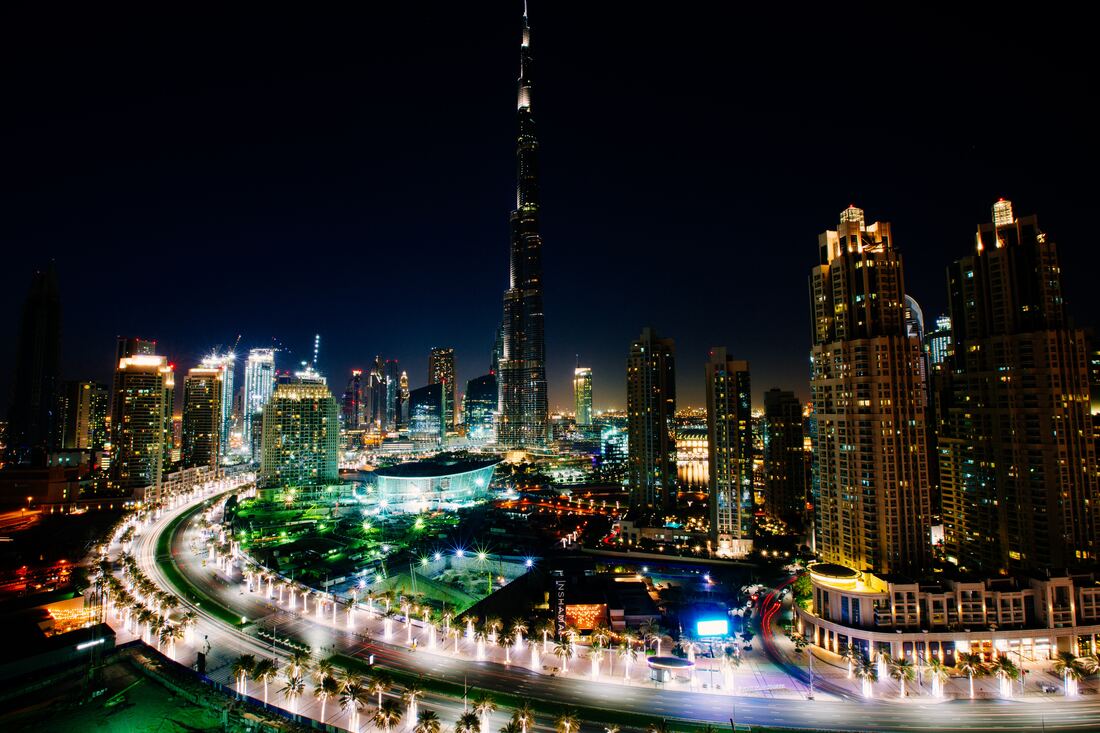
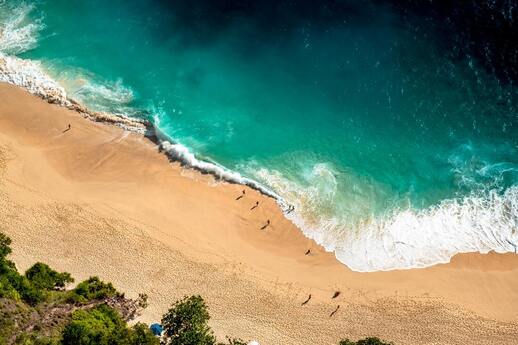
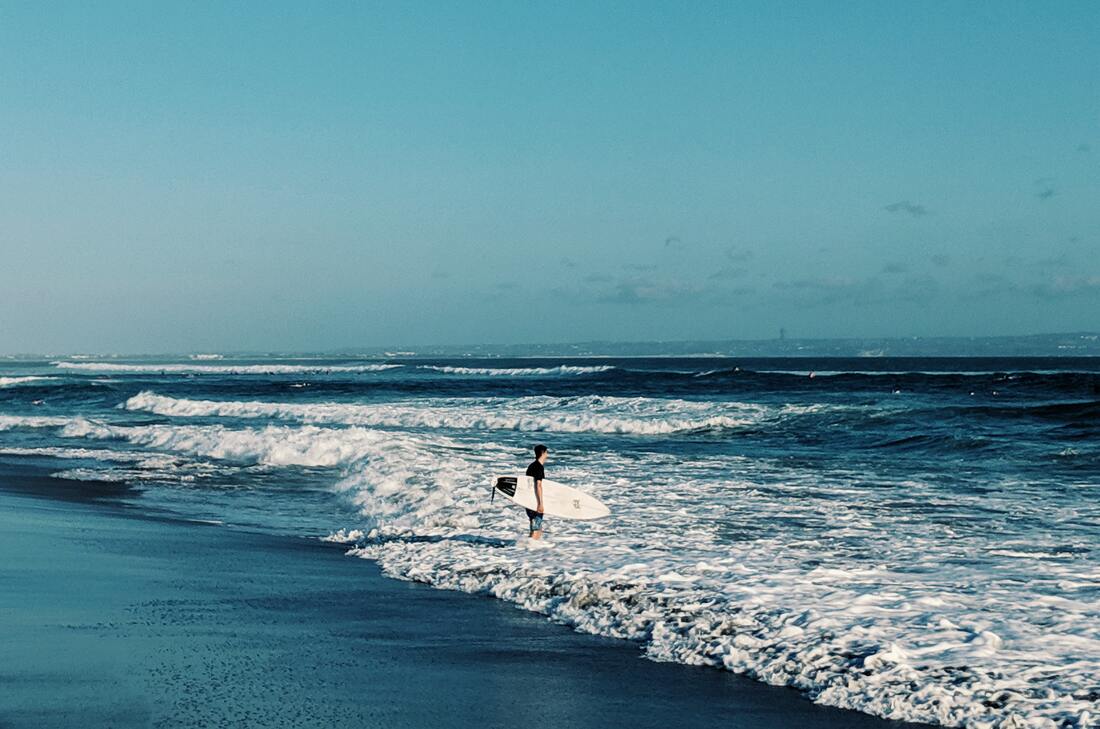






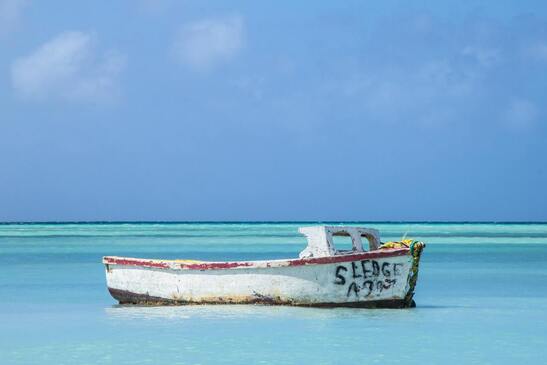






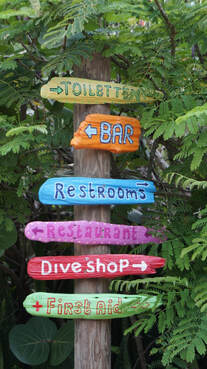


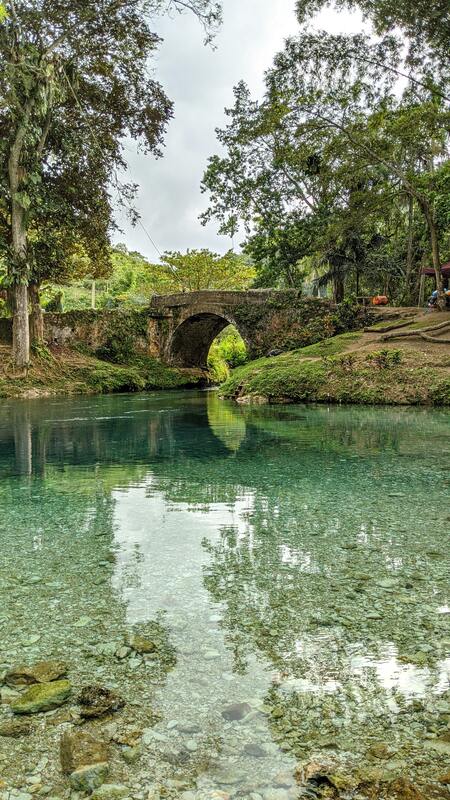
 RSS Feed
RSS Feed
